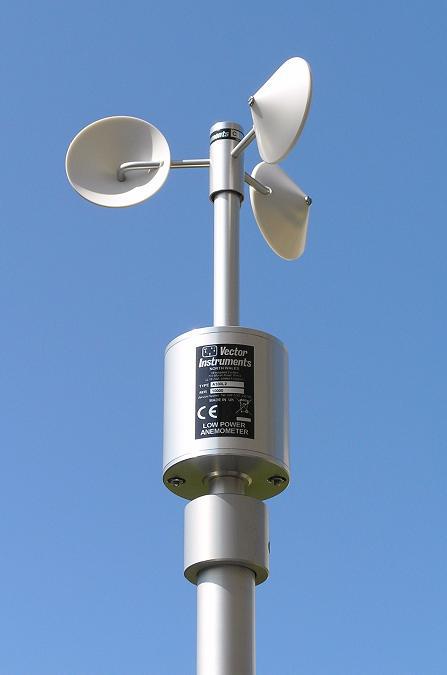All You Need to Find Out About Anemometers: Just How They Work, Why They Issue, and Where to Use Them
Anemometers, though often neglected in the world of scientific instruments, play a crucial role in numerous areas, offering important insights into wind speed and air flow patterns. As we dive into the intricacies of anemometer technology, we will discover the internal operations of these gadgets, their relevance, and the vital considerations when selecting the ideal anemometer for certain applications.

Anemometer Fundamentals
A vital tool used to determine wind rate and direction, the anemometer plays an important role in weather forecasting and various sectors. An anemometer typically is composed of 3 or four mugs that rotate in the wind, a vane that points into the wind, and sensing units to track the motions or rotations.
There are numerous types of anemometers available, including cup anemometers, vane anemometers, hot-wire anemometers, and sonic anemometers, each with its special features and applications. Cup anemometers are generally used for basic wind speed dimensions, while vane anemometers are favored for directional dimensions.
Concepts of Anemometer Procedure
Building on the fundamental understanding of anemometer fundamentals, the concepts of anemometer procedure elucidate the mechanics behind wind speed and instructions dimensions. Anemometers run on the principle of airflow influencing a sensor, causing it to revolve. Cup anemometers, for example, have 3 or even more mugs that record the wind, causing them to spin quicker as the wind speed boosts. The rotation rate is after that exchanged a wind rate measurement. Vane anemometers, on the various other hand, make use of a tail or a probe that aligns itself with the wind direction, giving a dimension of wind instructions based upon the orientation of the sensor. Hot-wire anemometers rely upon a heated wire that cools off as wind overlooks it, with the rate of cooling down figuring out the wind rate. Ultrasonic anemometers measure wind speed and direction by analyzing the moment it takes for ultrasonic signals to take a trip between transducers. Comprehending these concepts is critical for trustworthy and precise wind measurements in different applications.
Value of Anemometers
Anemometers play a vital function in gauging wind speed and instructions, supplying vital information for climate projecting, environment research studies, environmental monitoring, and aviation procedures. Meteorologists count on anemometers to gather exact wind information, aiding them recognize weather condition patterns, predict tornados, and problem prompt cautions to the public. Wind ranch operators make use of anemometers to evaluate wind problems and take full advantage of electrical power manufacturing from wind generators.
Applications Across Various Industries
In the sustainable power field, anemometers play an essential function in evaluating wind conditions for wind ranch positionings, ensuring optimal energy manufacturing. Industries like building and mining utilize anemometers to check wind rates, crucial for safety procedures, specifically when functioning at elevations or in open-pit mines where strong winds can present hazards. In farming, anemometers assist farmers in handling crop spraying by offering real-time data on wind speed to stay clear of drift.

Picking the Right Anemometer for Your Demands
For general functions, a cup anemometer is suitable for measuring wind speed, while a vane anemometer provides wind instructions data. Hot-wire anemometers are optimal for low airspeed dimensions, and ultrasonic anemometers supply high precision and longevity.

Verdict
To conclude, anemometers play a critical duty in determining wind speed and instructions throughout numerous useful site markets. Understanding the concepts of anemometer operation is necessary for picking the appropriate gadget for specific demands. From meteorology to aviation, anemometers are important tools for collecting accurate data and guaranteeing security in various applications. When picking the most suitable gadget for gauging wind conditions., it is vital to think about the significance of anemometers in order to make informed choices.
There are various types of anemometers available, including mug anemometers, vane anemometers, hot-wire anemometers, and sonic anemometers, each with its one-of-a-kind features and applications. Mug anemometers are frequently used for basic wind rate dimensions, while vane anemometers are favored for directional measurements. Hot-wire her response anemometers are appropriate for reduced airspeeds, and sonic anemometers are ideal for high-precision dimensions in research study and industrial setups.Building on the foundational understanding of anemometer fundamentals, the concepts of anemometer procedure illuminate the mechanics behind wind speed and instructions measurements. For basic purposes, a mug anemometer is ideal for measuring wind rate, while a vane have a peek at this site anemometer gives wind direction data.